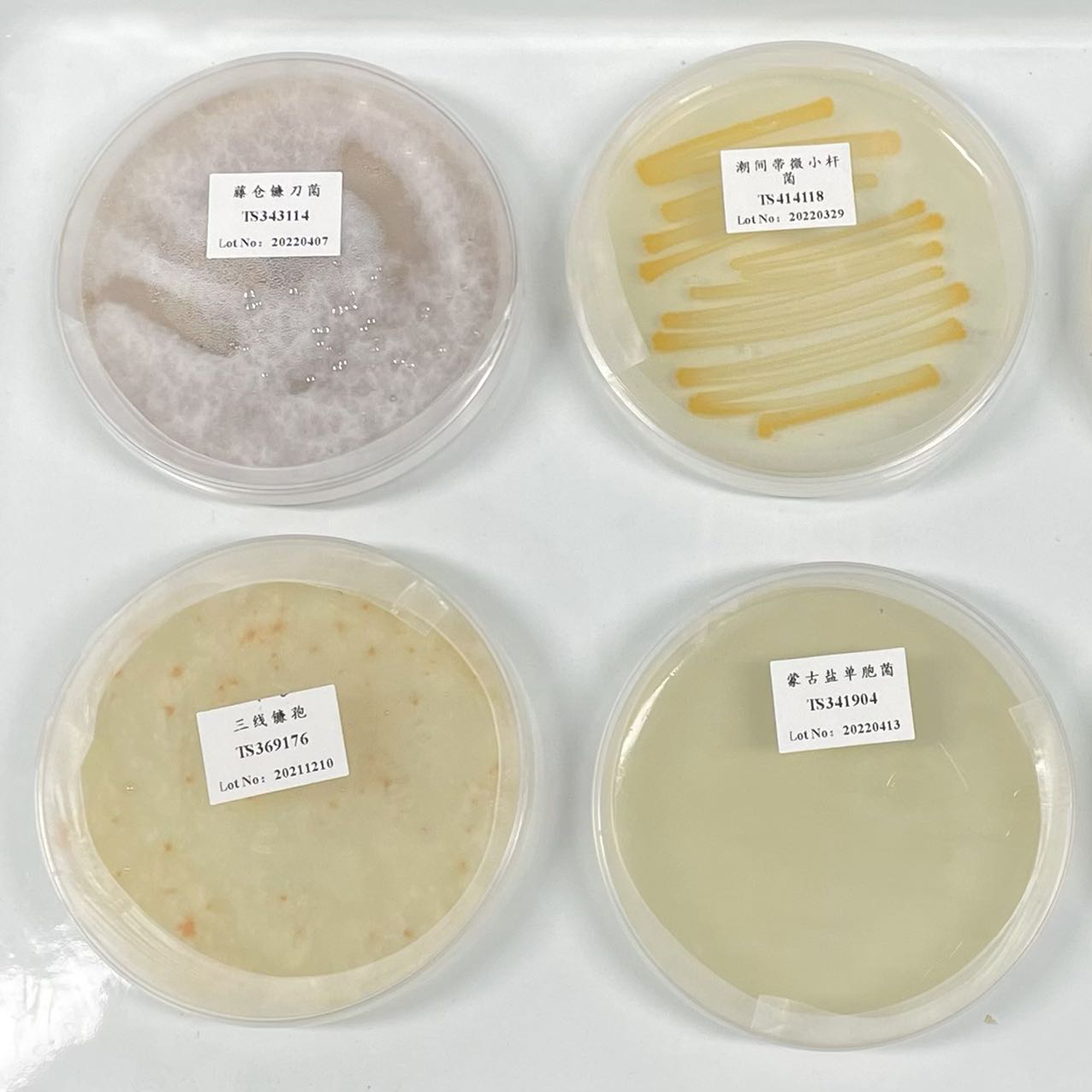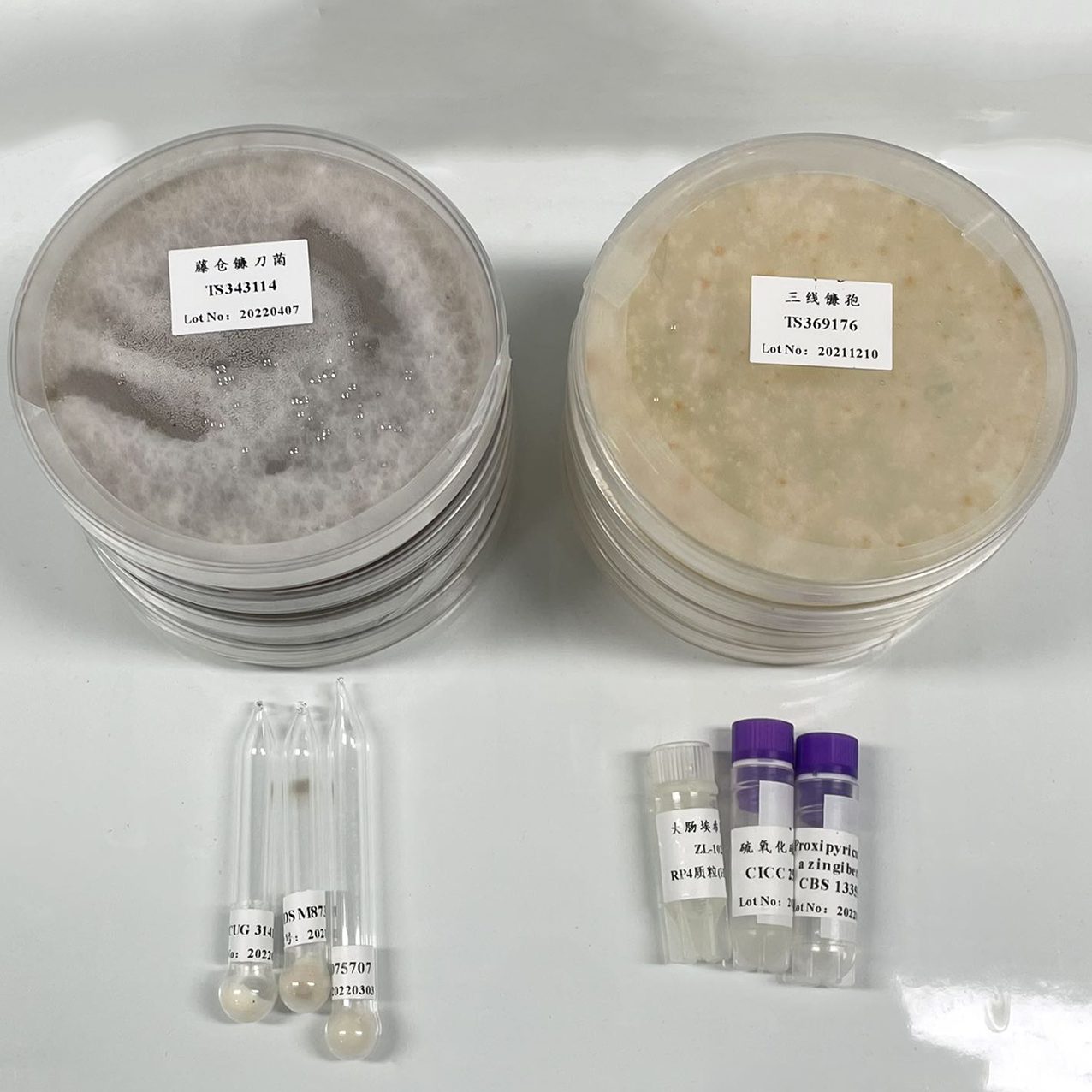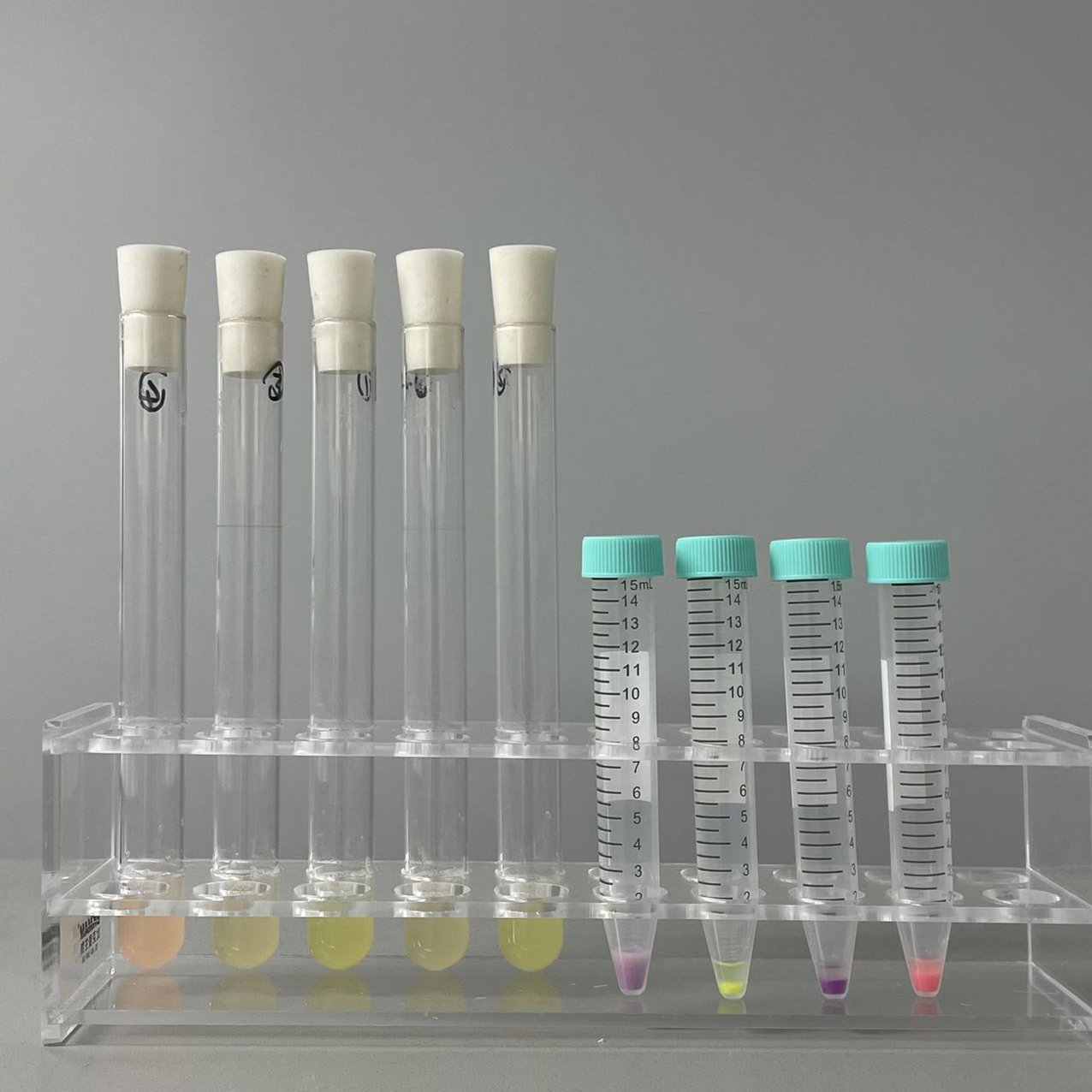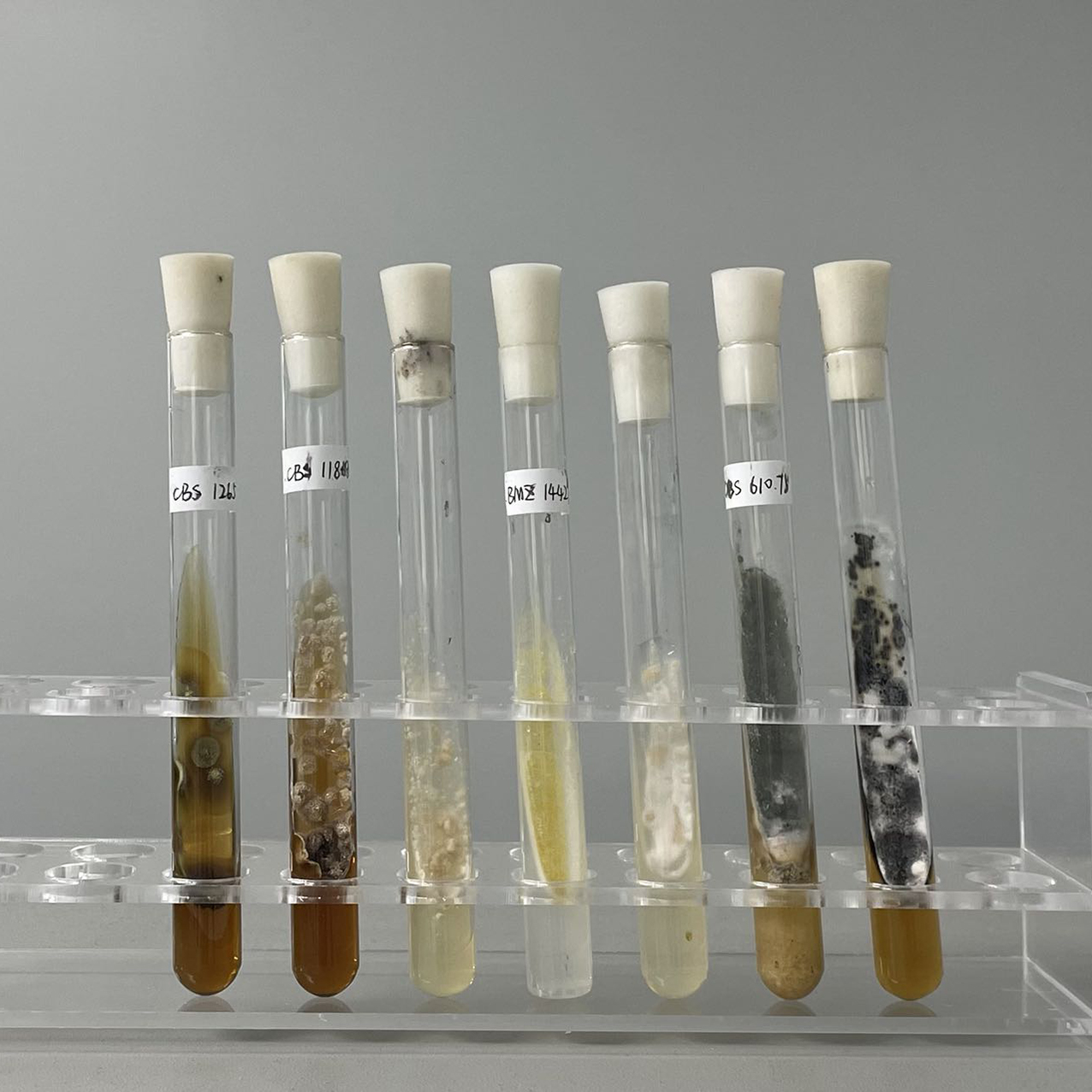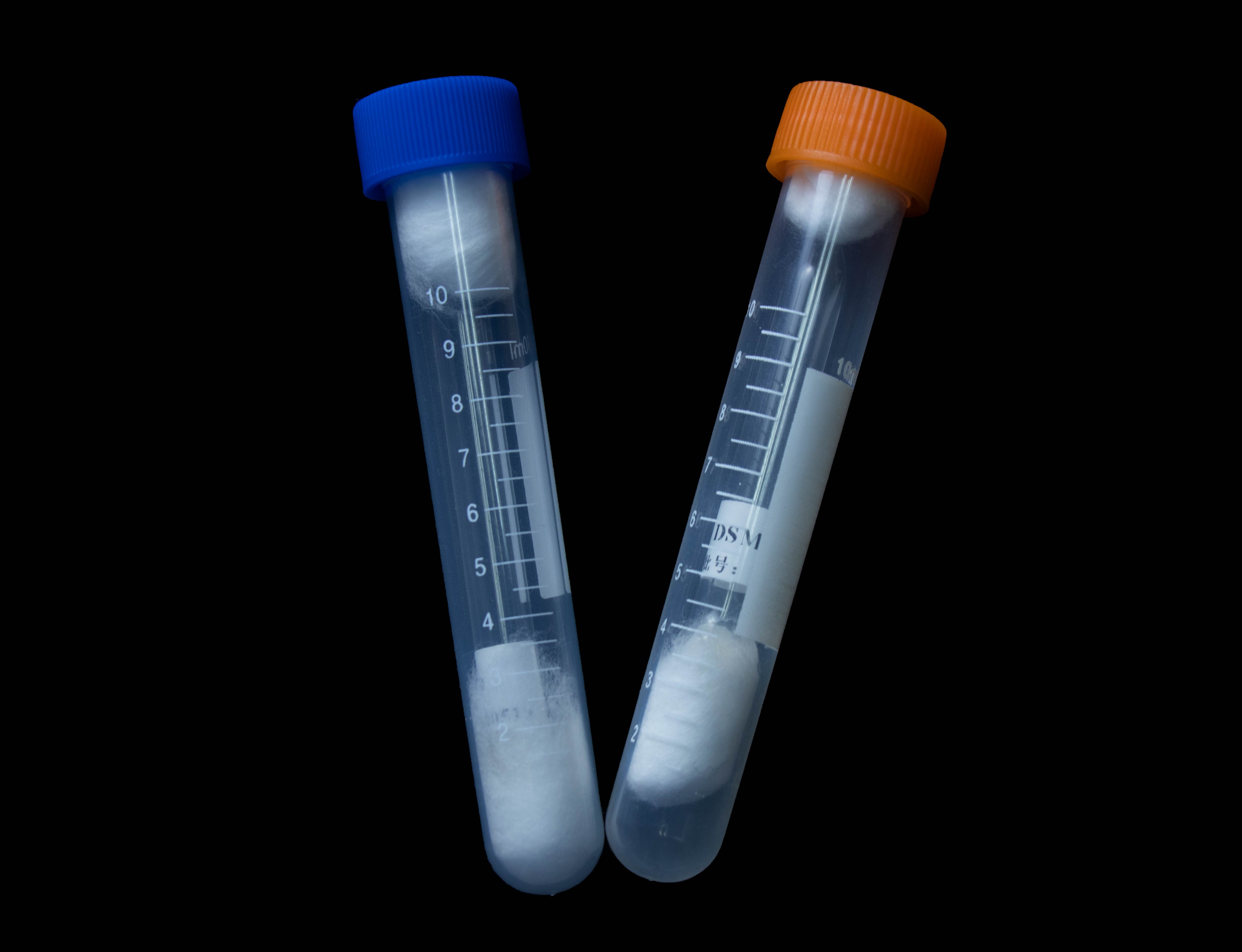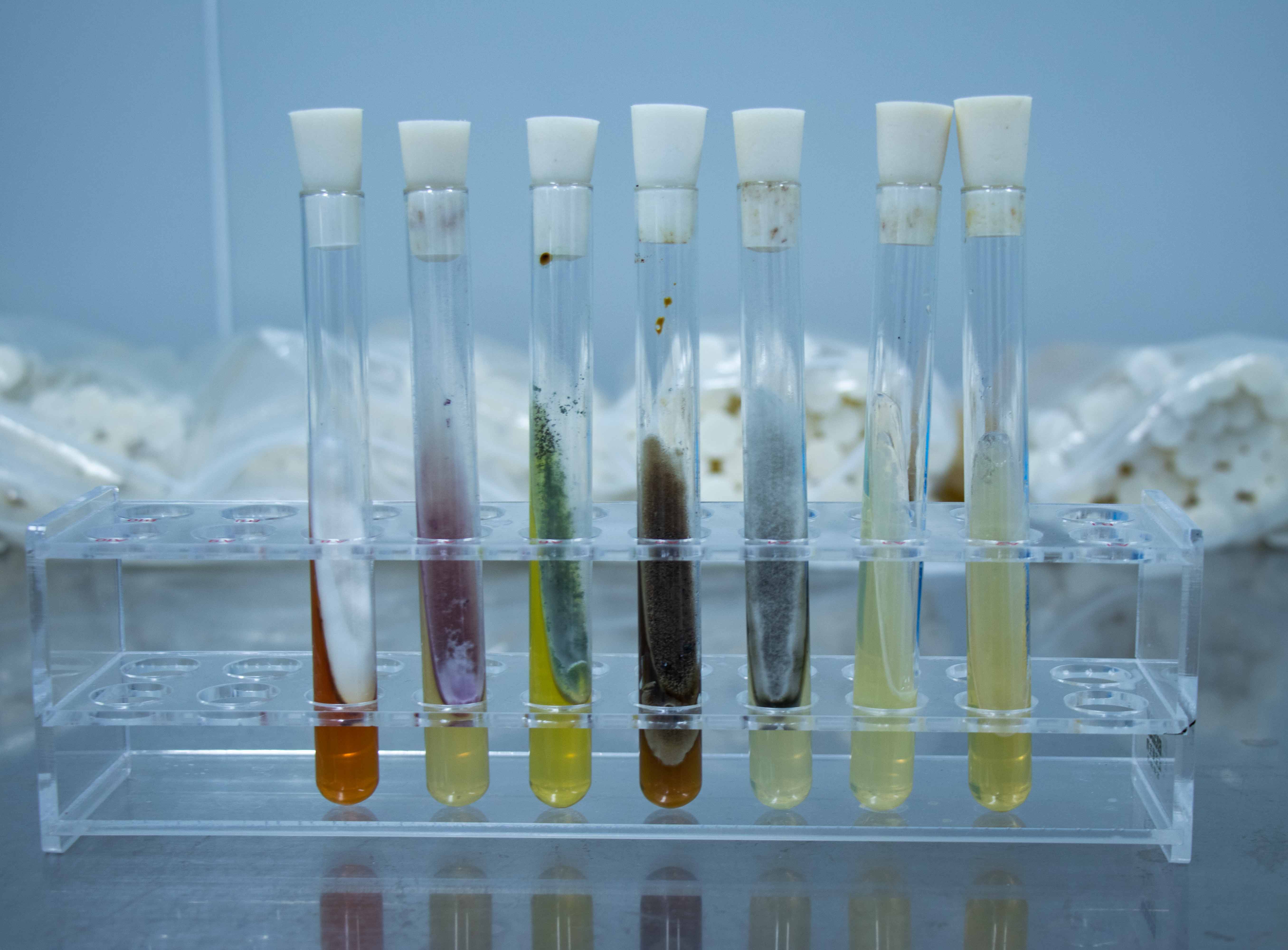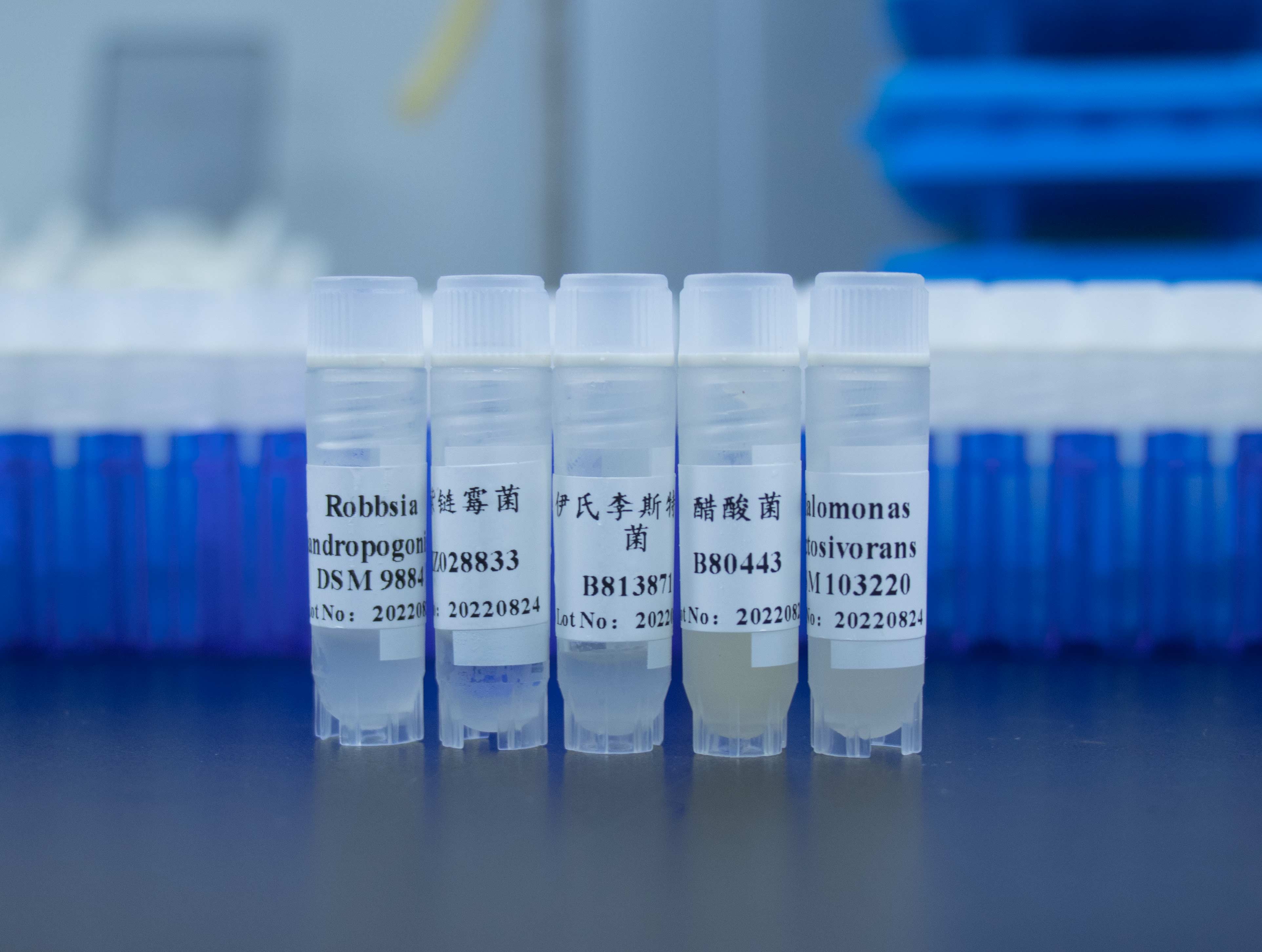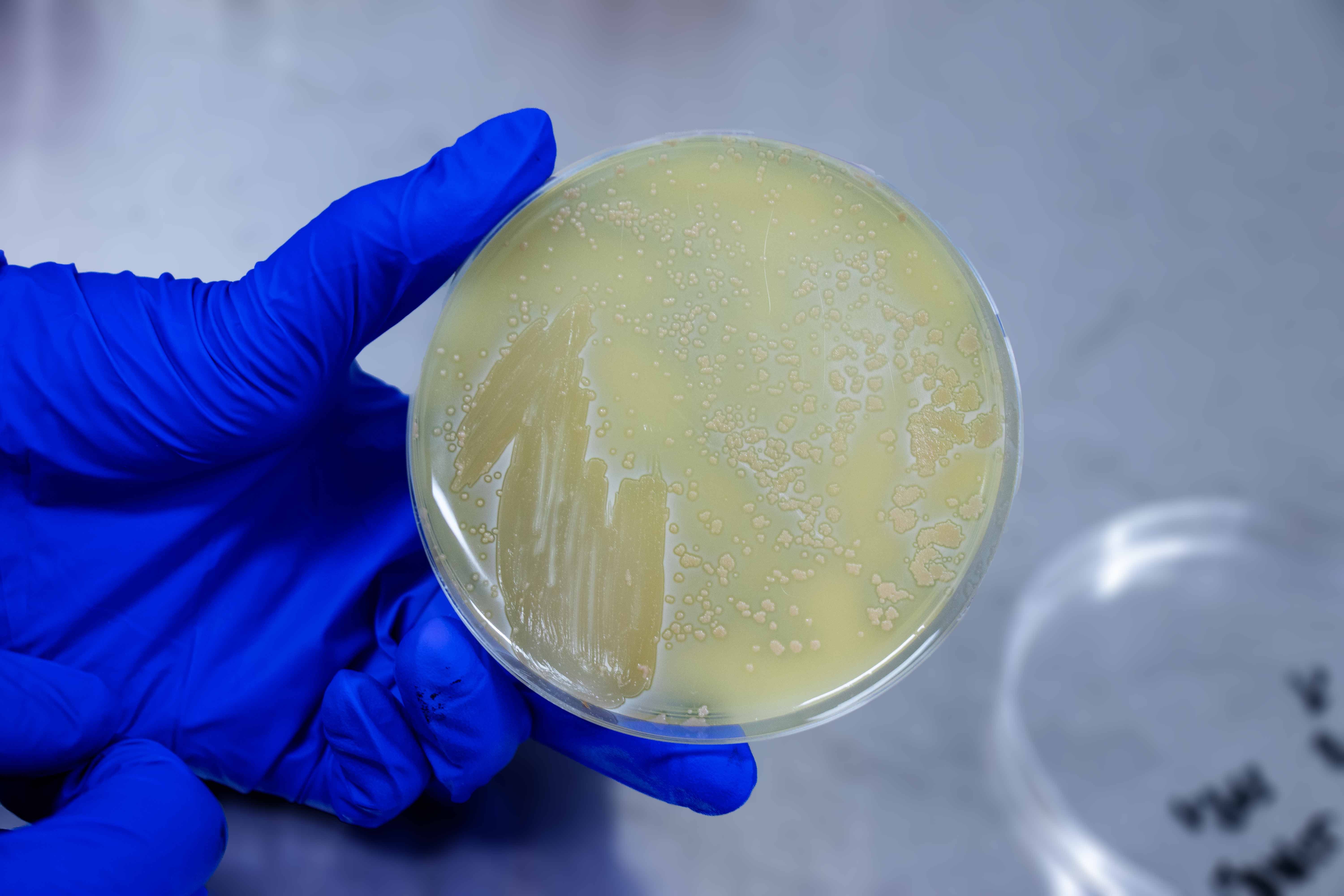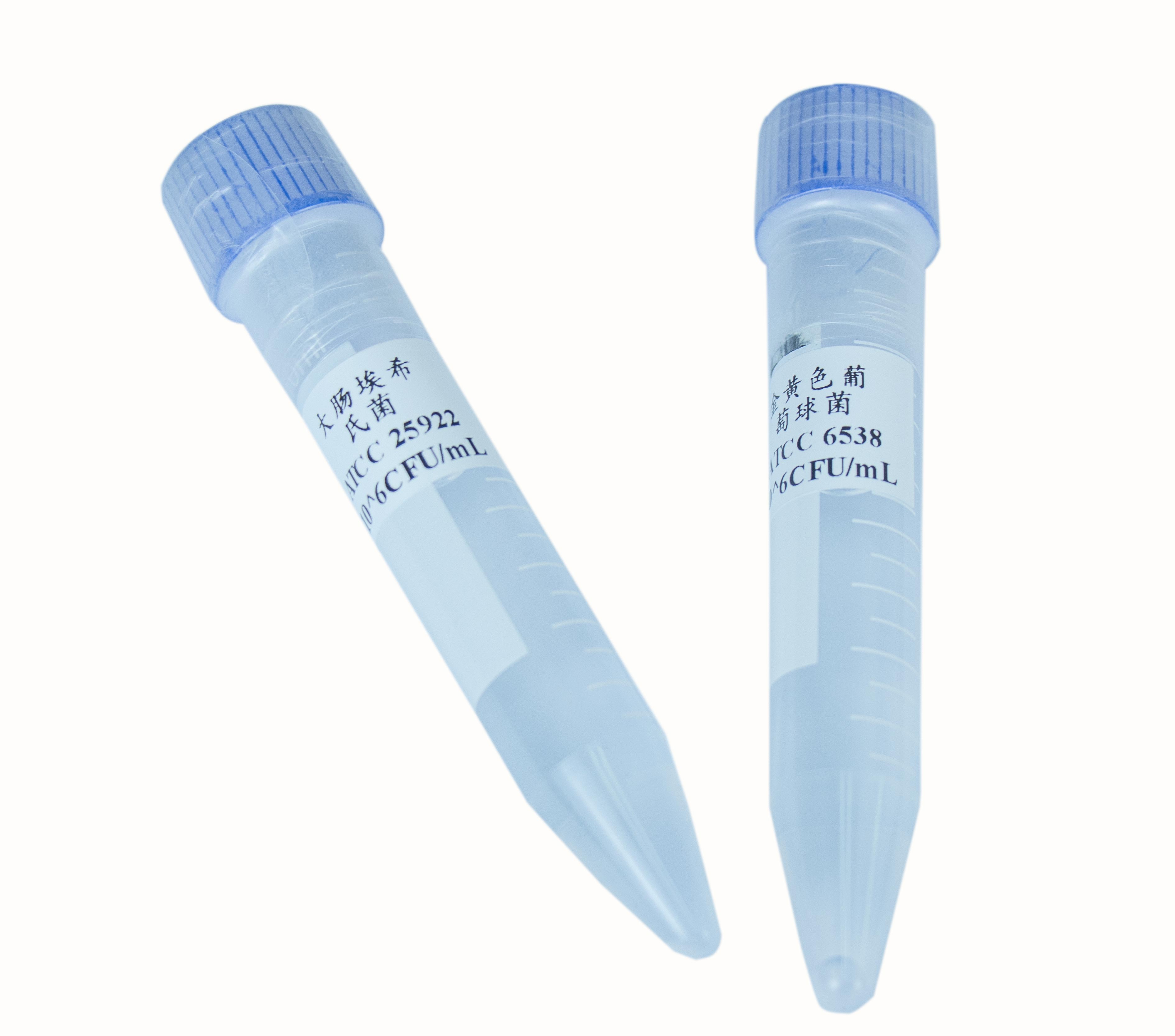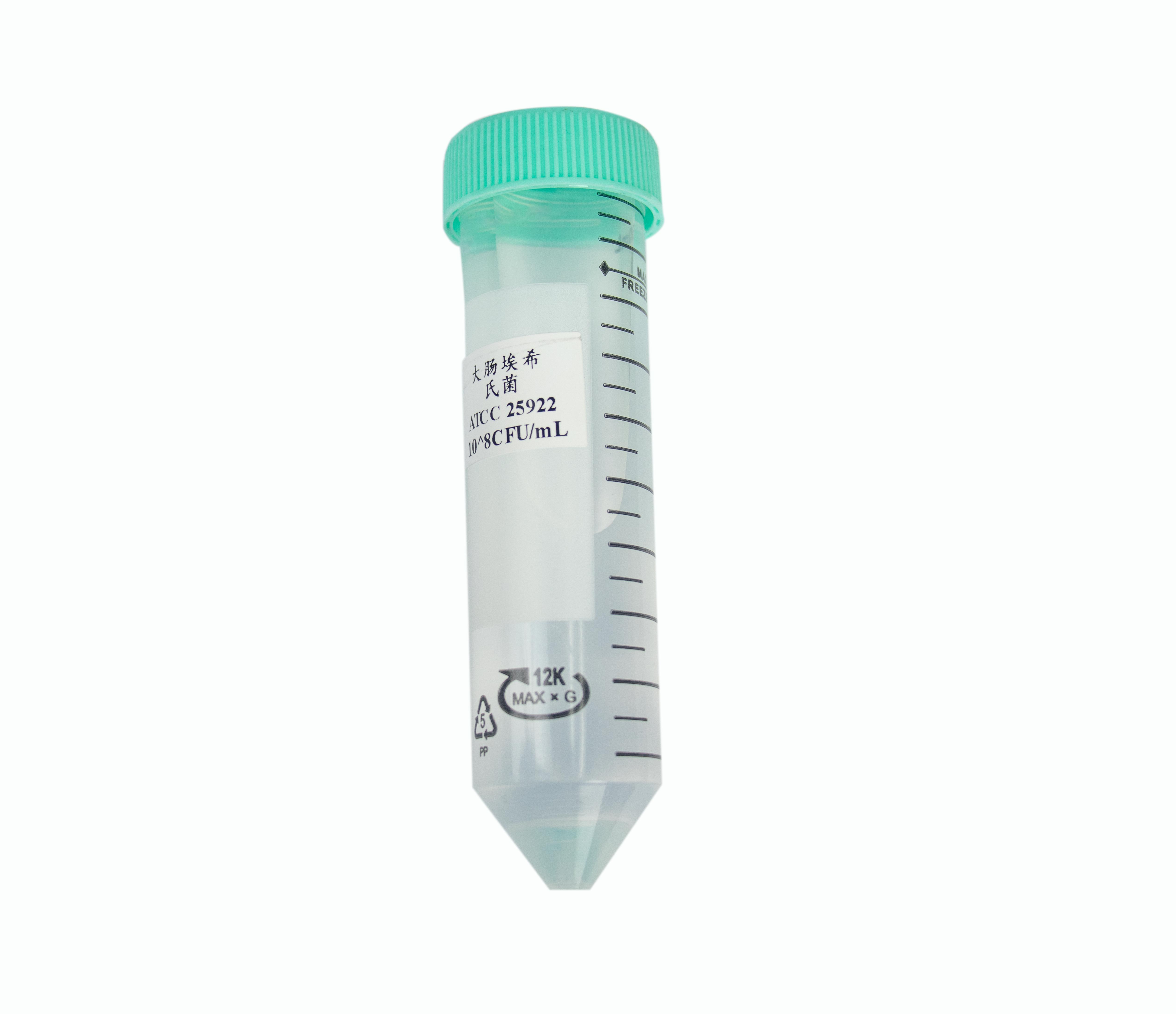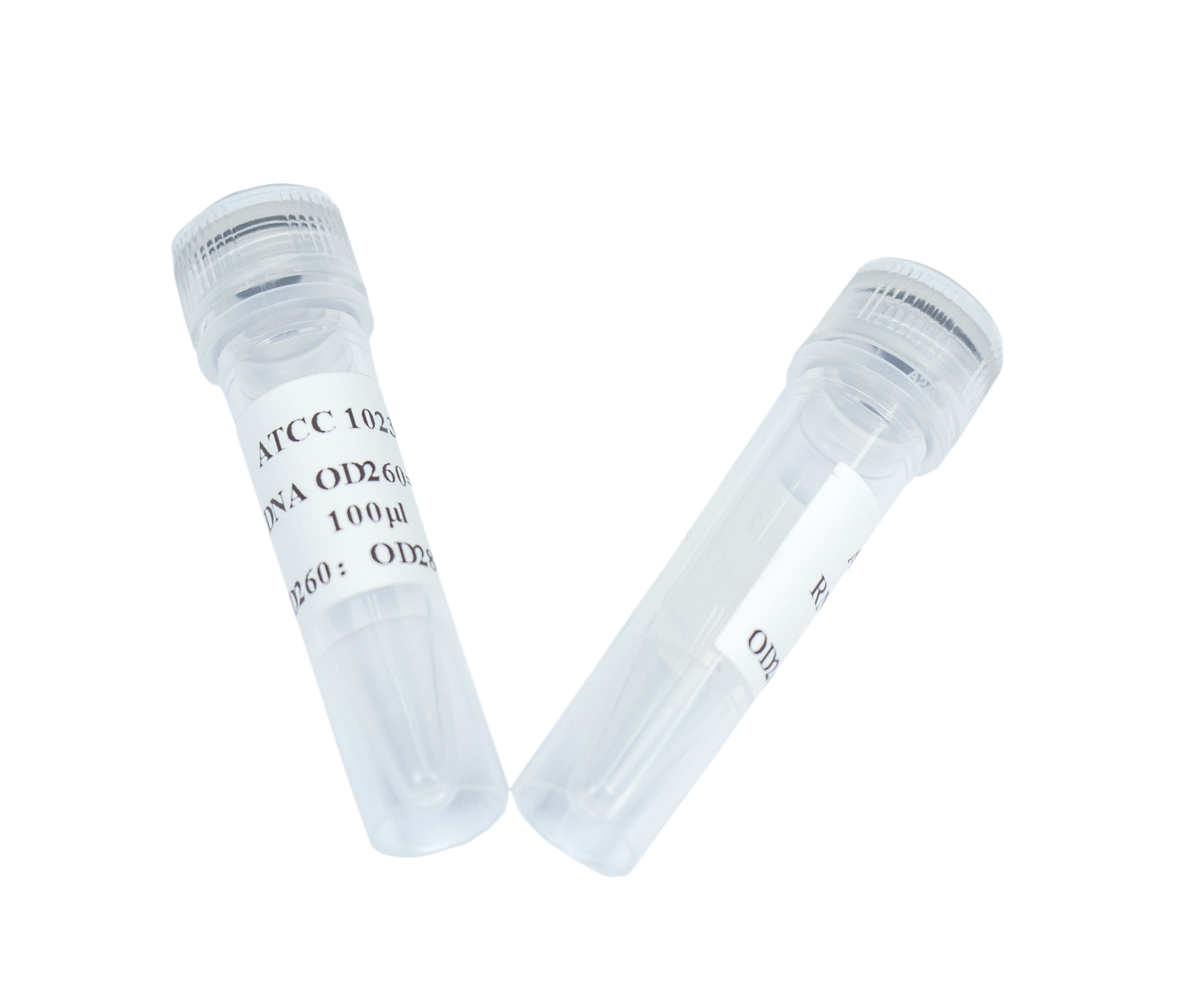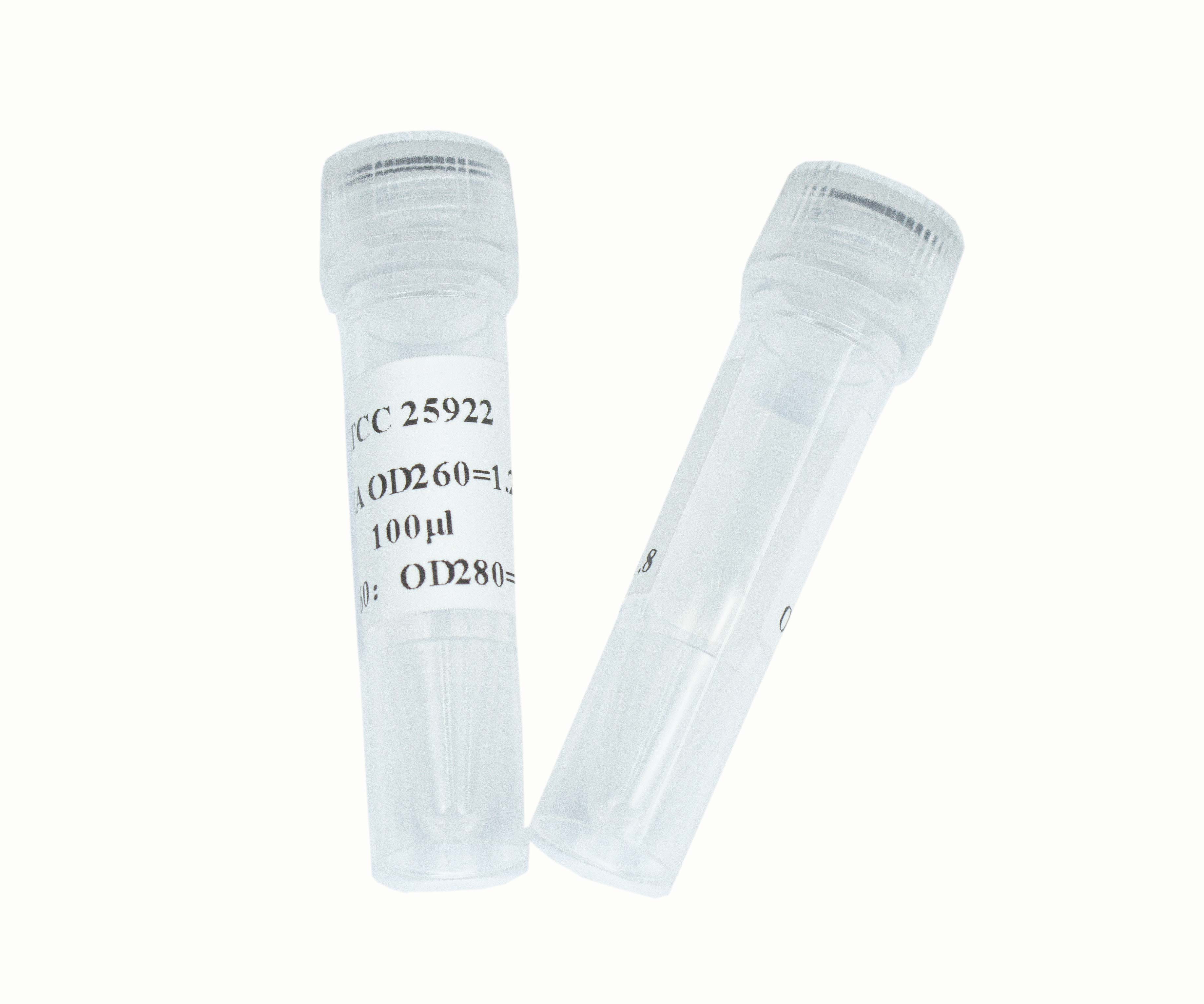Microsporum canis
Microsporum canis
规格:
货期:
编号:TS1002791
品牌:Testobio
| Product name: | Microsporum canis |
| Testo id: | TS1002791 |
| Species Name: | Microsporum canis |
| Type: | |
| Synonyms: | Microsporum audouinii var. canis / Sabouraudites canis / Sporotrichum audouinii var. canis |
| Taxonomy: | FUNGI Ascomycota, Eurotiomycetes, Onygenales, Arthrodermataceae |
| Strain History: | |
| Substrate: | |
| Isolator: | |
| Isolation Date: | |
| Date Received: | 2016-04-11 |
| Characters: | |
| Compounds: | |
| Cross Reference: | |
| Pathogenic Potential: | Human: yes | Animal: yes | Plant: no |
| Biosafety Risk Group: | RG2 (check the PHAC ePATHogen Risk Group Database for updates) |
| Regulatory Requirements: | Canadian requesters must provide PHAC Pathogen and Toxin License Number (see: https://www.canada.ca/en/public-health/services/laboratory-biosafety-biosecurity/licensing-program.html) and a CFIA Written Authorization for transfer (http://www.inspection.gc.ca/plants/plant-pests-invasive-species/directives/date/d-12-03/eng/1432656209220/1432751554580#app2) prior to shipment. International requesters must provide all legally required importation documentation prior to shipment. This strain is not available for shipment to Cuba, the Democratic Peoples Republic of Korea, Iran or Syria. Plant pathogenicity status may be verified by using the USDA Agricultural Research Service (ARS) Fungal Database |
| MycoBank ID: | 160689 |
首页/产品中心/进口菌株
产品中心
联系我们 CONTACT US
0574-87917803
testobio@163.com
浙江省宁波市镇海区庄市街道兴庄路9号
创e慧谷42号楼B幢401室

Microsporum canis
Microsporum canis
规格:
货期:
编号:TS1002791
品牌:Testobio
标准菌株
定量菌液
DNA
RNA
规格:
冻干粉
斜面
甘油
平板
| Product name: | Microsporum canis |
| Testo id: | TS1002791 |
| Species Name: | Microsporum canis |
| Type: | |
| Synonyms: | Microsporum audouinii var. canis / Sabouraudites canis / Sporotrichum audouinii var. canis |
| Taxonomy: | FUNGI Ascomycota, Eurotiomycetes, Onygenales, Arthrodermataceae |
| Strain History: | |
| Substrate: | |
| Isolator: | |
| Isolation Date: | |
| Date Received: | 2016-04-11 |
| Characters: | |
| Compounds: | |
| Cross Reference: | |
| Pathogenic Potential: | Human: yes | Animal: yes | Plant: no |
| Biosafety Risk Group: | RG2 (check the PHAC ePATHogen Risk Group Database for updates) |
| Regulatory Requirements: | Canadian requesters must provide PHAC Pathogen and Toxin License Number (see: https://www.canada.ca/en/public-health/services/laboratory-biosafety-biosecurity/licensing-program.html) and a CFIA Written Authorization for transfer (http://www.inspection.gc.ca/plants/plant-pests-invasive-species/directives/date/d-12-03/eng/1432656209220/1432751554580#app2) prior to shipment. International requesters must provide all legally required importation documentation prior to shipment. This strain is not available for shipment to Cuba, the Democratic Peoples Republic of Korea, Iran or Syria. Plant pathogenicity status may be verified by using the USDA Agricultural Research Service (ARS) Fungal Database |
| MycoBank ID: | 160689 |
| 使用说明: | 获得菌株后,原则上应尽早进行活化和保存。若不能立即活化,应按照说明书放入相应的环境中进行保存。 若菌株为厌氧菌,请按厌氧菌培养要求在厌氧环境中操作。 (1)若保存的菌株为冻干粉形式,可加入少量生理盐水或非选择性肉汤培养基进行溶解悬浮, 用划线或涂布方式接种至平板,或着吸取菌液至液体培养基中进行培养。 (2)若保存的菌株为甘油冻存或液体保存形式,可在室温速融后划线或涂布接种至平板,或直接加入到液体培养基中进行培养。 (3)若保存的菌株为斜面或半固体形式,可直接挑取菌苔转接至平板或液体培养基中进行培养。 活化菌株使用的培养基的成分通常包括以下几个组分: (a)基本营养成分,如蛋白胨、牛肉浸粉、酵母浸粉等,主要提供碳源、氮源及微量元素等; (b)氯化钠:维持一定的渗透压环境; (c)磷酸盐:维持pH的相对稳定; (d)特殊成分:如血清、半胱氨酸、氯化血红素等,促进特定菌的生长。 根据菌株的生长特性,选择合适的培养基或对特定的培养基添加成分进行改良,以满足菌株的生长需求 |
|---|



